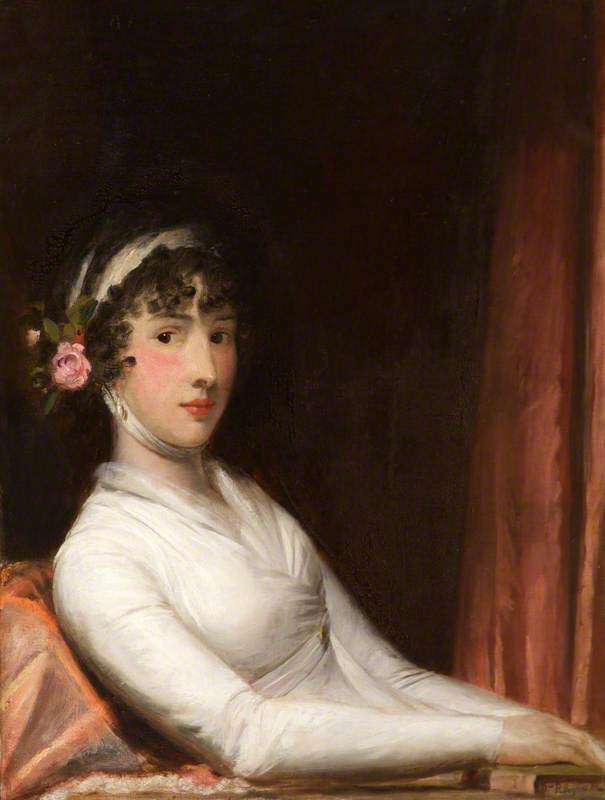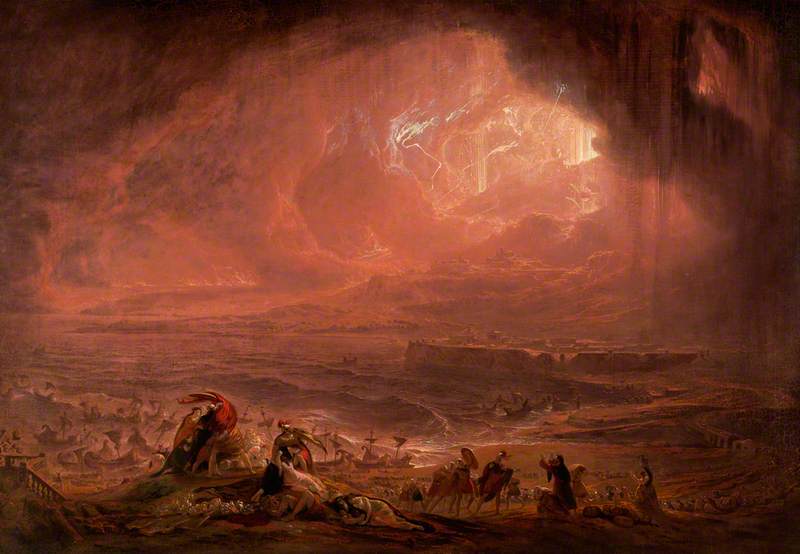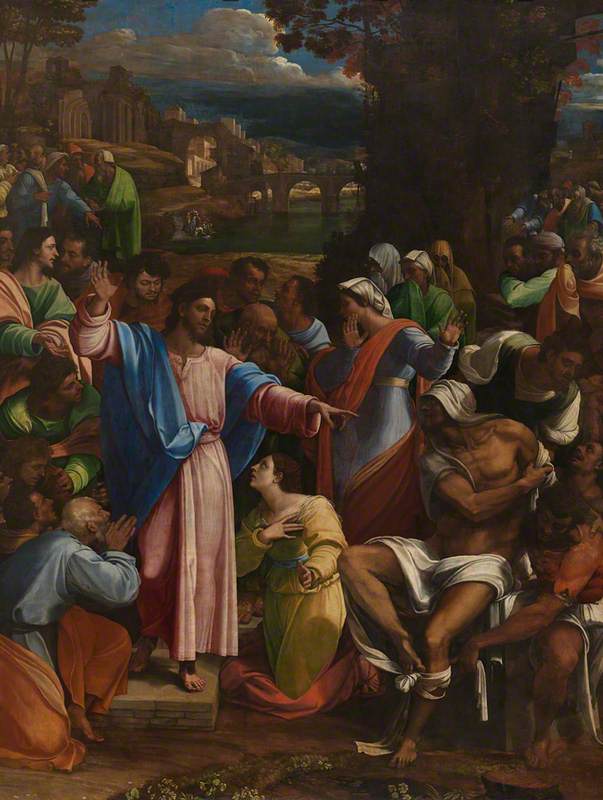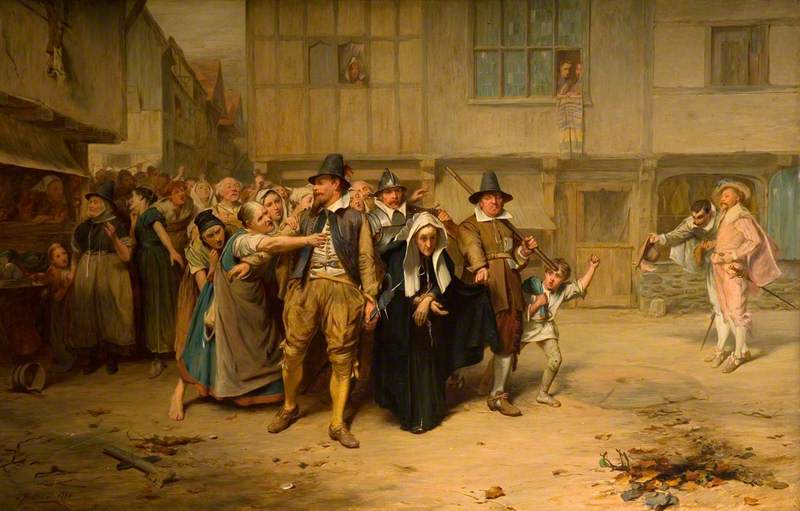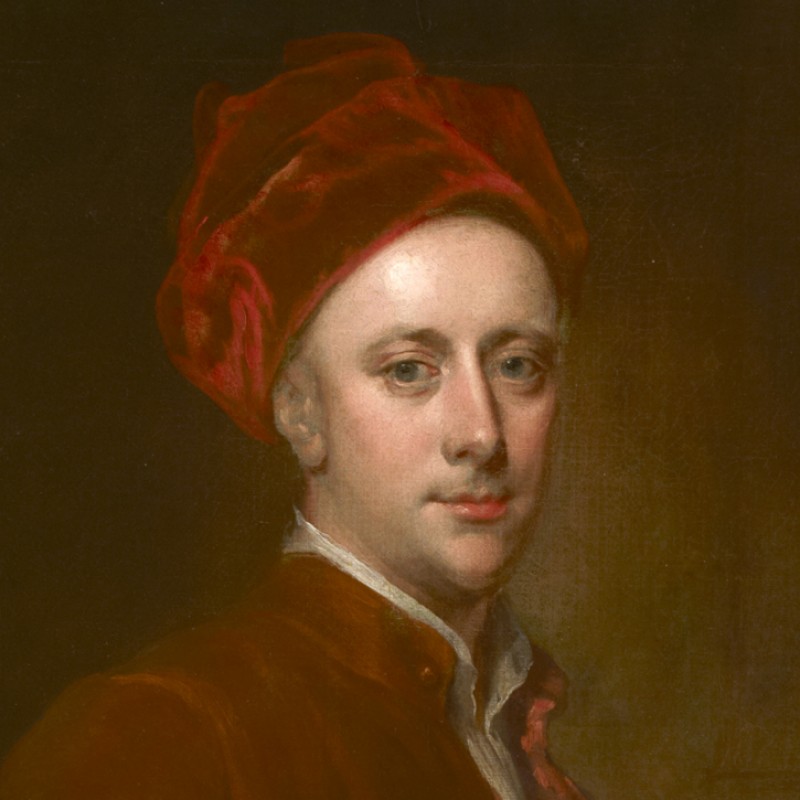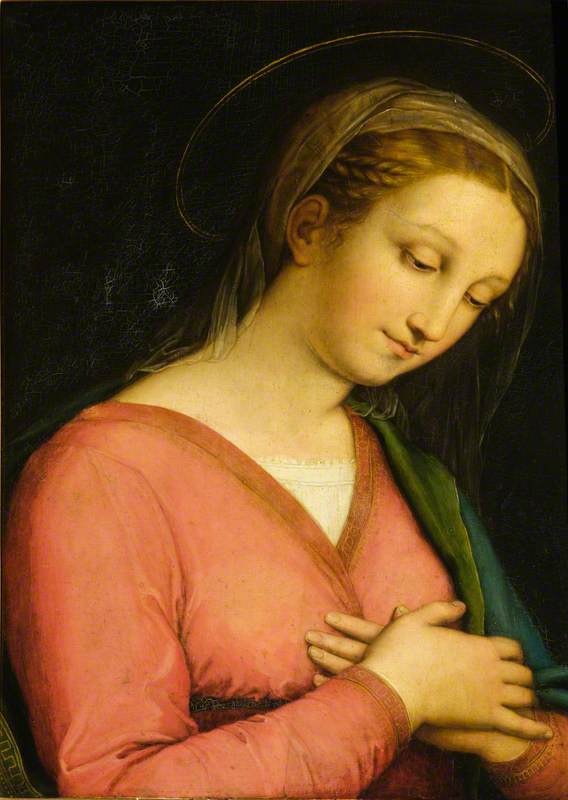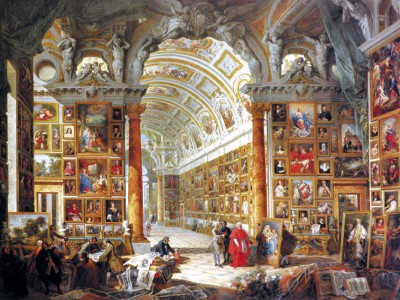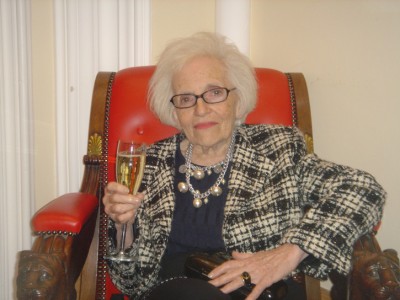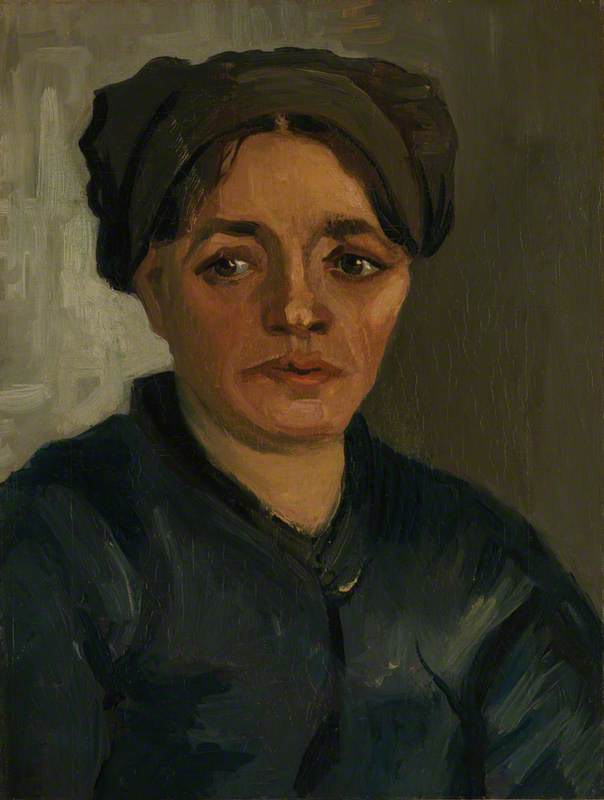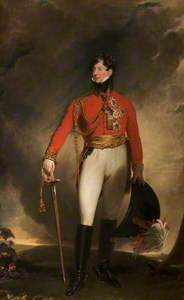Collections Officer Anna Bates Patel chooses eleven key paintings from the Tabley House Collection.
Tabley House is the only eighteenth-century Palladian country house in Cheshire. Built for Sir Peter Byrne Leicester in 1767, it is home to a number of important paintings collected by the Leicester family, principally by the 1st Lord de Tabley, Sir John Fleming Leicester (1762–1827), Bt. From 1800 he was the most important patron of British art and artists, and had a particular interest in J. M. W. Turner. Sir John commissioned works to hang in specific rooms – a unique practice at the time.
1.
Sir John Fleming Leicester (1762–1827), 1st Lord de Tabley, in Peer's Robes
reworked c.1826
Joshua Reynolds (1723–1792) and John Simpson (1782–1847) 
In Britain, the seventeenth and eighteenth centuries saw a shift of tastes in art which meant that, for the first time, British artists were being given the recognition they deserved.
Collectors of fine art at the time focused primarily on the European Old Masters and it was an independent and somewhat controversial move to collect British art.
Pivotal in this shift was John Fleming Leicester, one of the greatest patrons of British art, seen here in his peer's robes.
2.
Tabley, Cheshire, the Seat of Sir J. F. Leicester, Bt: Windy Day
1808
Joseph Mallord William Turner (1775–1851) 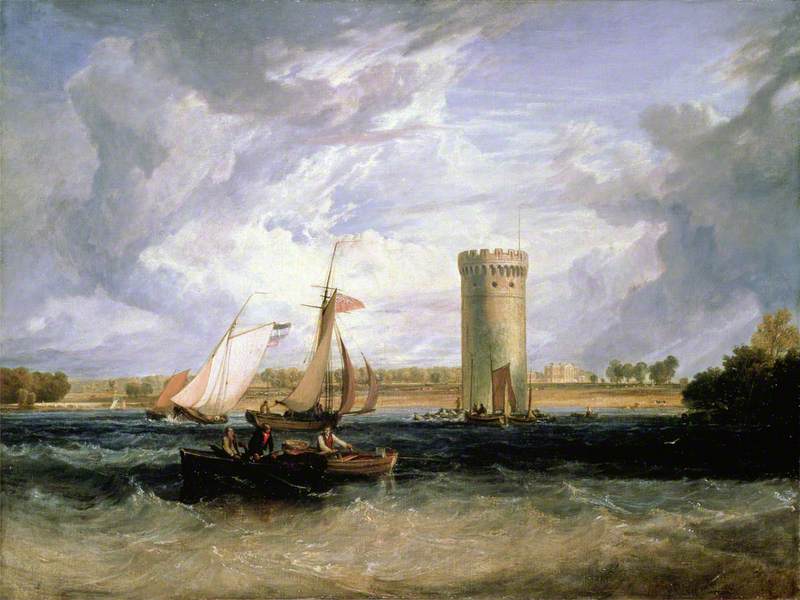
Sir John and Turner were likeminded in their pursuit of bringing privately owned art collections into a more public arena. Both were great advocates of the idea of a permanent national gallery.
Tabley House, pictured here in the distance, has a purpose-made gallery created by Sir John to display his collection, including this work by Turner.
Sir John's Mayfair house in London was opened in 1818 as a gallery, possibly the only one of its kind at the time to display works by British artists to a select public.
3.
From an old Scottish legend comes this depiction of the mermaid luring the hunter onto her rocks.
Paintings depicting fantasy, myths and dramatic scenes were of interest to Sir John, painted to arouse the artist and onlooker alike.
Sir John's opinions were greatly respected by the artistic community and he was quick to point out to Hilton areas of this commission which could use improvement. Our archives at The Tabley House Collection show that Hilton wasted no time in taking his advice and amending them.
4.
The sitter for this portrait is Miss Emily St Clare, Sir John's mistress who was with him for ten years leading up to his marriage.
Sir John commissioned several portraits of Miss St Clare by various British artists such as Hoppner and Northcote, all of which were later either hidden away or sold.
Miss St Clare is now known to be the subject of one of Hoppner's works, Sleeping Nymph and Cupid (now in Petworth House). Commissioned by Sir John, the piece depicts an almost-naked reclining Miss St Clare, leaving very little to the imagination!
5.
Georgiana Maria Leicester (1793–1859), Lady de Tabley, as 'Hope'
Thomas Lawrence (1769–1830) 
His affair with Miss St Clare at an end, Sir John married Georgina Maria Cottin in 1810 at Hampton Court Palace, the goddaughter and rumoured illegitimate child of the Prince Regent.
Commissioned by Sir John less than a year after their marriage, it perhaps reflects the hopes and dreams of his young bride as she first embarked upon her new role as Lady Leicester.
The artist, Thomas Lawrence, was possibly more eager to see this piece hung among the other renowned British artworks in Sir John's London gallery rather than its immediate function as a family portrait.
6.
Prince Regent (1762–1830), Later George IV
Thomas Lawrence (1769–1830) (and studio) 
The Prince Regent, himself a great patron of art (and long-term friend to Sir John Fleming Leicester), supported his collecting by attending the opening of his London gallery on Hill Street in 1818.
This painting was a gift from the Prince Regent to make up for not being able to grant Sir John his title of Lord just yet. The Prince Regent was able to do so after he was made king, and still some years after that.
7.
Painted between 1794 and 1796 by the Swiss-born artist Henry Fuseli, this type of English mythology in art was very fashionable.
This mischievous sprite was painted several times by the artist, most notably based on the character of Puck (or Robin Goodfellow) from Shakespeare's A Midsummer Night's Dream.
This scene captures the horror as the sprite lures a traveller from the roads to an unforeseen danger in the darkness.
8.
From Greek mythology, this dramatic scene depicts Phaeton tumbling to his death after losing control of his chariot and horses, which were struck by Zeus to protect heaven and earth.
Paintings such as this elicit a strong intense visual experience of emotions such as terror, awe and horror, and were very fashionable during the Romantic period.
Artist James Ward and his brother William, an engraver, were a partnership and together their great technical skill and artistry produced some of the best art England had to offer.
9.
Sir John was Callcott's most generous patron and owned at least seven works by the artist.
There is a puzzle posed by this painting in that the canvas has been reused, and on the back is a full-length portrait of a woman whose face is completely obliterated.
Sir John's patronage of art went beyond just business as he counted many artists as his friends.
10.
The sitter for this painting by John Opie is Elizabeth Searle, later Lady Heathcote.
It was described by Opie's wife, the writer Amelia Alderson, as 'perhaps the most spirited as well as the most beautiful female head that he ever painted'.
Opie was a humble Cornishman yet was also counted as one of Sir John's friends. At Opie's funeral, Sir John was one of the pallbearers.
11.
By the time Sir John received this magnificent painting in 1826, having commissioned it not long after 1821, he would have seen one of his hopes realised: The National Gallery had been established, opening in 1824.
In the same year, he received his long-awaited peerage and became 1st Lord de Tabley.
This painting by John Martin was the most significant purchase made by Sir John before his death in 1827. His artistic patronage continued virtually to the end of his life and it is remarkable how sensitive he remained to the development of British art.
Anna Bates Patel, Collections Officer at Tabley House Collection

